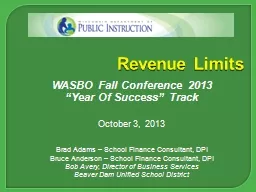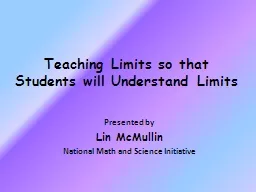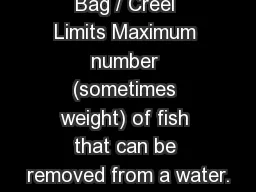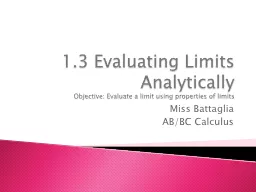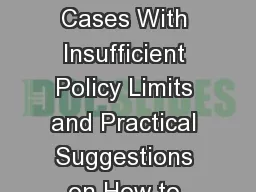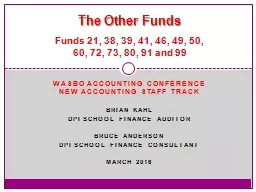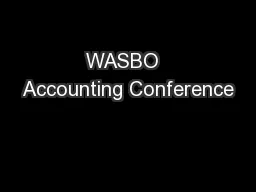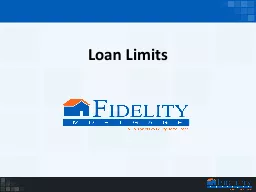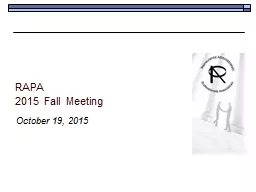PPT-Revenue Limits WASBO Fall Conference 2013
Author : tatiana-dople | Published Date : 2019-01-31
Year Of Success Track October 3 2013 Brad Adams School Finance Consultant DPI Bruce Anderson School Finance Consultant DPI Bob Avery Director of Business Services
Presentation Embed Code
Download Presentation
Download Presentation The PPT/PDF document "Revenue Limits WASBO Fall Conference 201..." is the property of its rightful owner. Permission is granted to download and print the materials on this website for personal, non-commercial use only, and to display it on your personal computer provided you do not modify the materials and that you retain all copyright notices contained in the materials. By downloading content from our website, you accept the terms of this agreement.
Revenue Limits WASBO Fall Conference 2013: Transcript
Download Rules Of Document
"Revenue Limits WASBO Fall Conference 2013"The content belongs to its owner. You may download and print it for personal use, without modification, and keep all copyright notices. By downloading, you agree to these terms.
Related Documents

